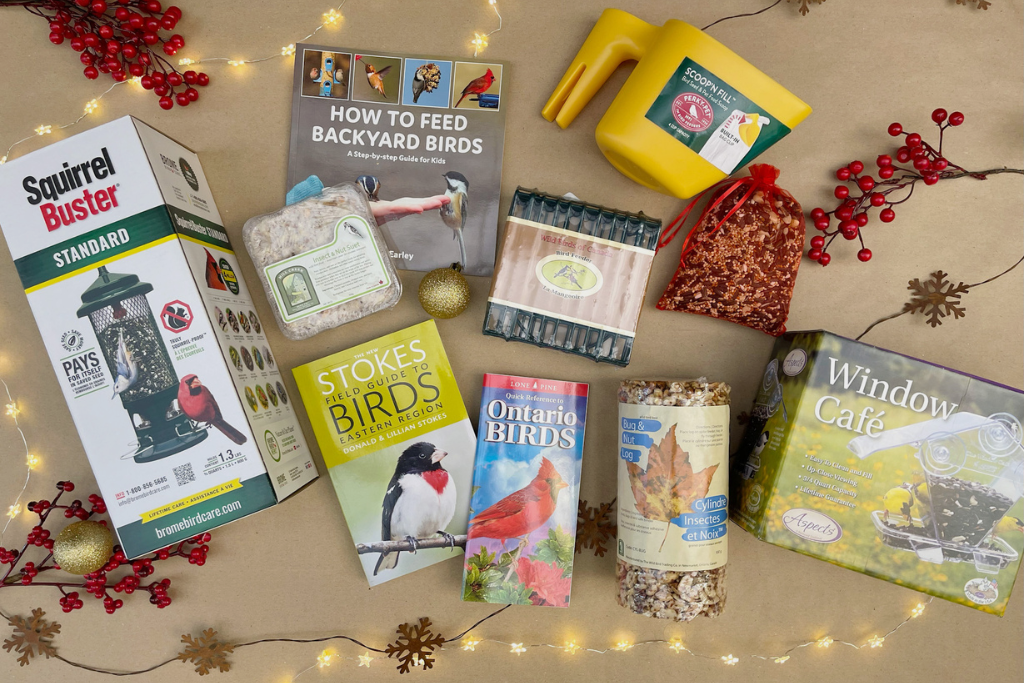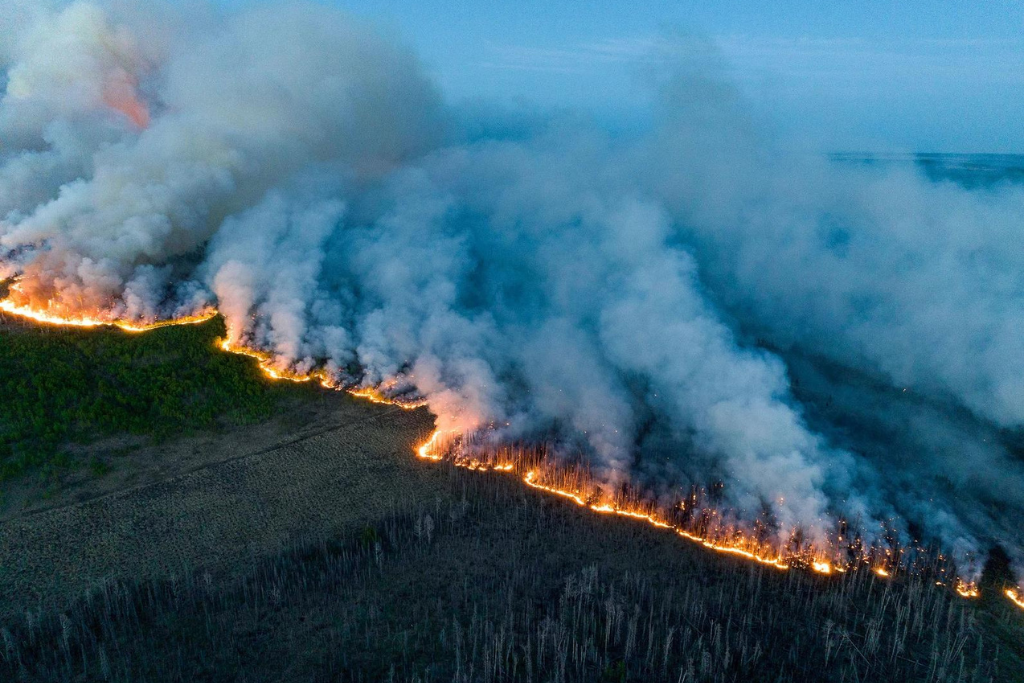Offer
Provide additional details about the offer you're running.
Provide additional details about the offer you're running.
Provide additional details about the offer you're running.

Feature Image: Wikimedia Commons. Photo By: Dan Pancamo
Often referred to as a “hyperactive warbler”, the American Redstart is a treat to view with its striking orange and black foliage and busy personality. Often seen hopping across treetops, this is one of the most common nesting warblers in North America, and creatively uses its flashy colored wings and tail to startle insects while hunting for their next meal.
This bird breeds in moist woodlands usually situated close to water sources. The American Redstart prefers interior woodland, as opposed to the outer borders as favored by a number of other birds. You can typically spot these fast-moving warblers up high in the trees often prancing along branches and spreading and closing their tails. The American Redstart is a common spring and fall migrant, but they tend to arrive a little later than most birds from their tropical winter refuges. Typically you won’t see many of these orange colored birds before the month of May in most of the United States and Canada.
This medium-sized warbler is usually quite easy to identify if you are able to spot one dancing around. With this dimorphic species, you will find an overall black plumage highlighted with wonderfully bright patches of orange on the shoulders, flanks, wings, and tails of the males. The females share much of the same markings but are duller looking, often seen as light grey or olive in color with yellow patches. If you look closely, you should be able to identify the slight eye ring on the female gender. Both genders sport of white underbelly.
This is a very vocal species of bird. The male’s song is a high-pitched series of notes that can sometimes be thought to end with a sort of accented phrase. Some field experts have described the song of the male American Redstart to sound almost like that of a sneeze.
Both genders use quite a variety of calls, depending on different situations. These calls range from soft and sweet sounding chip notes all the way to high pitched alarms.
Keep your eyes and ears peeled when out in the field to catch a glimpse of this fast-acting bird, and during the later summer months, these birds begin to feed on a variety of small berries and fruits, so having these out in your yard during that time of year will surely increase your chances of an encounter.
High Quality Blend

